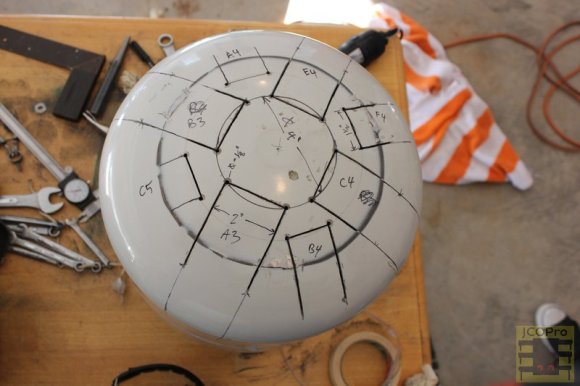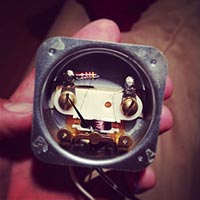We’ve sure been seeing a lot of original NES cases used in projects lately. This time around the thing still plays the original cartridges. This was one of the mains goals which [Maenggu] set for himself when integrating the LCD screen with the gaming console. There is a quick video clip which shows off the functionality of the device. It’s embedded after the break along with a few extra images.
To our eye the NES looks completely unmodified when the case is closed. The cartridge slot still accepts games, but you don’t have to lower the frame into place once that cartridge has been inserted. The image above shows a ribbon cable connecting the top and bottom halves of the build. It routes the signals for both the LCD screen and the cartridge adapter to the hardware in the base. He mentions that he used the original power supply. We’re not sure if the original motherboard is used as well or if this is using some type of emulator.
Continue reading “Hinged NES Case Hides An Integrated LCD Screen”


























